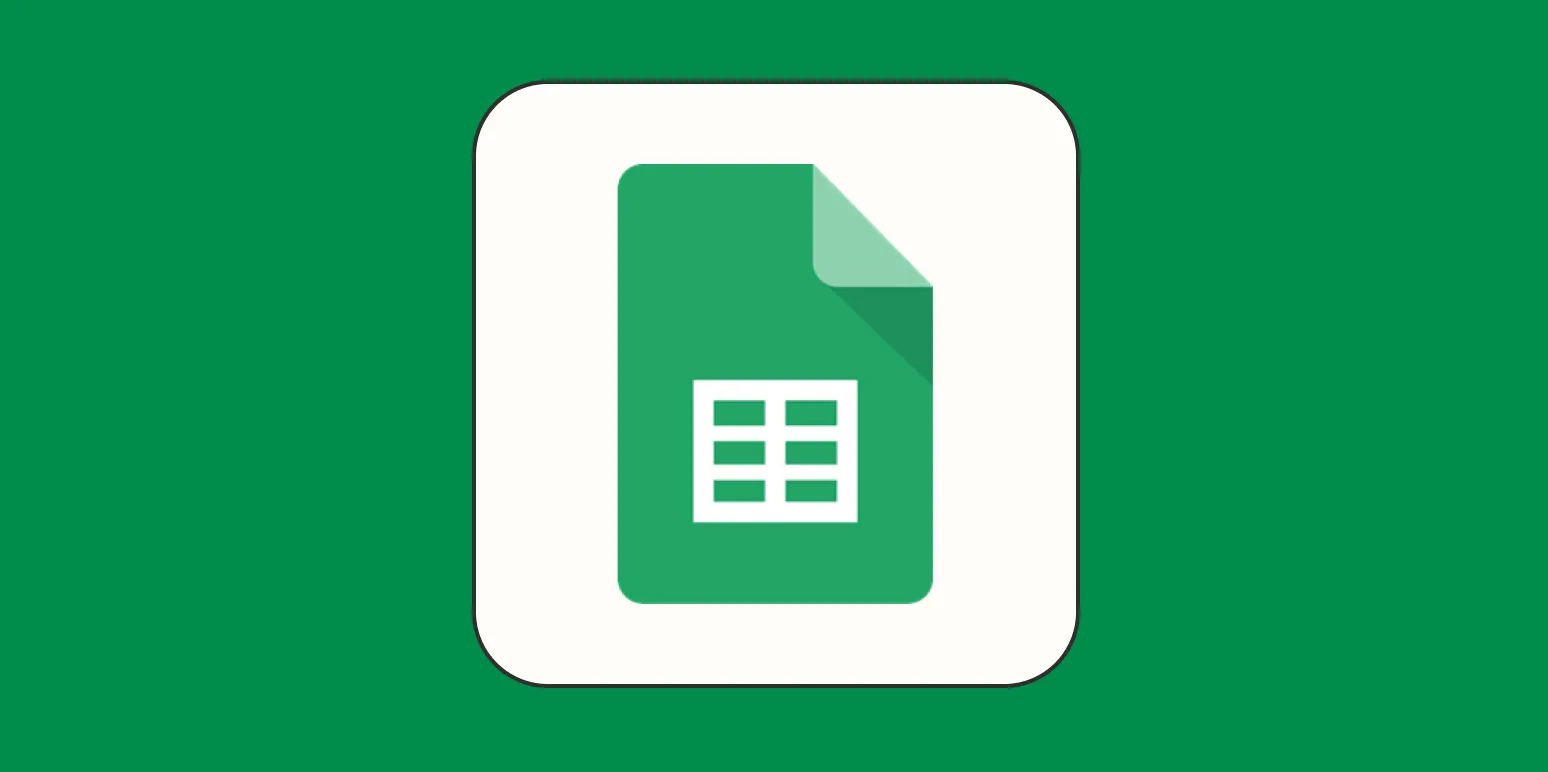Understanding Gantt Charts
A Gantt chart is a powerful project management tool that allows you to visualize your project schedule, track progress, and manage resources efficiently. By utilizing a Gantt chart, you can easily identify the tasks involved in your project, their durations, and the relationships between them. In this article, we will explore how to make a Gantt chart in Google Sheets, providing you with a step-by-step guide to enhance your project management skills.
Why Use Google Sheets for Gantt Charts?
Google Sheets is a versatile tool that offers numerous advantages for creating Gantt charts. It is easily accessible, allows real-time collaboration, and integrates seamlessly with other Google Workspace applications. Additionally, Google Sheets is free to use, making it an ideal choice for individuals and teams looking to manage their projects without incurring extra costs.
Step-by-Step Guide to Create a Gantt Chart in Google Sheets
Follow these simple steps to create your own Gantt chart in Google Sheets:
Step 1: Set Up Your Data
Begin by opening a new Google Sheets document. You'll want to set up a table that includes the following columns:
- Task Name: List all the tasks involved in your project.
- Start Date: Specify the date when each task is set to begin.
- End Date: Indicate the date when each task is scheduled to be completed.
- Duration: Calculate the duration of each task by subtracting the start date from the end date. You can use the formula =End Date - Start Date.
For example, your table might look like this:
| Task Name | Start Date | End Date | Duration |
|---|---|---|---|
| Task 1 | 2023-10-01 | 2023-10-05 | 4 |
| Task 2 | 2023-10-06 | 2023-10-10 | 4 |
Step 2: Create the Chart
Once you have set up your data, it’s time to create the Gantt chart:
- Select the range of cells that include your task names, start dates, and durations.
- Click on the "Insert" menu at the top of the page, then select "Chart."
- In the Chart editor that appears on the right side, choose "Bar chart" as your chart type.
- Next, under the "Setup" tab, set the "Data range" to include your selected data.
- For the "X-axis," select your task names.
- For the "Series," select your duration.
Step 3: Customize Your Gantt Chart
To make your Gantt chart visually appealing and easy to interpret, you can customize it further:
- Change the color of the bars to represent different tasks or phases of your project.
- Add gridlines to improve readability.
- Adjust the timeline scale to ensure all tasks fit within the viewable area.
To customize colors, click on the bars in the chart, and a menu will appear allowing you to change the fill color.
Step 4: Incorporate Additional Information
For enhanced project management, consider adding additional columns to your data table, such as:
- Assigned To: Specify team members responsible for each task.
- Status: Track the progress of tasks (e.g., Not Started, In Progress, Completed).
- Dependencies: Note any tasks that depend on the completion of others.
By incorporating these elements, you will create a more comprehensive project management tool within your Gantt chart.
Sharing and Collaborating on Your Gantt Chart
One of the key benefits of using Google Sheets is the ability to collaborate with team members. You can easily share your Gantt chart by clicking the "Share" button at the top-right corner of the screen. This allows team members to view and edit the chart in real-time, ensuring everyone stays updated on project progress.
Tips for Effective Gantt Chart Management
To maximize the effectiveness of your Gantt chart, consider the following tips:
- Regularly update your Gantt chart to reflect any changes in your project timeline.
- Use color coding to differentiate between task statuses or project phases.
- Review your chart frequently to identify potential bottlenecks or delays.
By following these guidelines, you can leverage your Gantt chart in Google Sheets to improve project visibility and manage your tasks more effectively.
Conclusion
Creating a Gantt chart in Google Sheets is a straightforward process that can significantly enhance your project management capabilities. By following the steps outlined in this guide, you can create an effective visual representation of your project timeline, enabling you to track progress, manage resources, and meet deadlines successfully. Embrace this powerful tool and take your project management skills to the next level with Gantt charts in Google Sheets.





